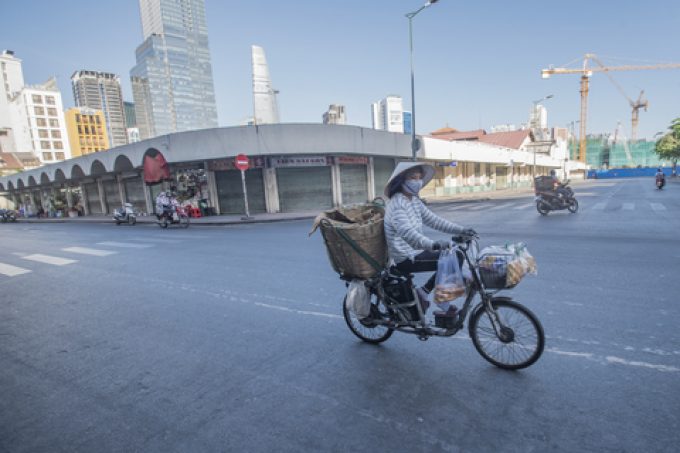Sourcing shift away from China by the west is happening – but slowly
The hastened fracturing of China-US relations is prompting a very real move away from the ...

Vietnam’s latest Covid scare is threatening to “break” the country’s booming supply chains.
Southern commercial hub Ho Chi Minh City (HCMC) is the current ’hotspot’ – having been under lockdown for five weeks – and rumours are circulating the city will be hit by “stricter measures” on Friday.
According to local media, prime minister Pham Minh Chinh warned last night the city may require “more aggressive solutions to push back the disease”.
“As the nation’s economic powerhouse, with multiple industrial parks and large-scale ...
'Disastrous' DSV-Schenker merger would 'disrupt European haulage market'
'Chaos after chaos' coming from de minimis changes and more tariffs
List of blanked transpac sailings grows as trade war heats up and demand cools
Shippers in Asia restart ocean shipment bookings – but not from China
Forto 'sharpens commercial priorities' as it lays off one-third of staff
India withdraws access for Bangladesh transhipments, in 'very harmful' decision
'Tariff hell' leaves industries in limbo – 'not a great environment to plan'
Asian exporters scramble for ships and boxes to beat 90-day tariff pause
Temporary tariff relief brings on early transpacific peak season
Pre-tariff rush of goods from US to China sees air rates soar, but not for long
De minimis-induced ecommerce demand slump could cripple freighter operators
Forwarders 'allowing the fox into the chicken run' by supporting 'hungry' carriers
Hapag 'took the bigger risk' when it signed up to Gemini, says Maersk
'Restoring America's maritime dominance' – stop laughing at the back of the class
Navigating tariffs: 'like trying to solve a Rubik's cube while colour-blind'

Comment on this article